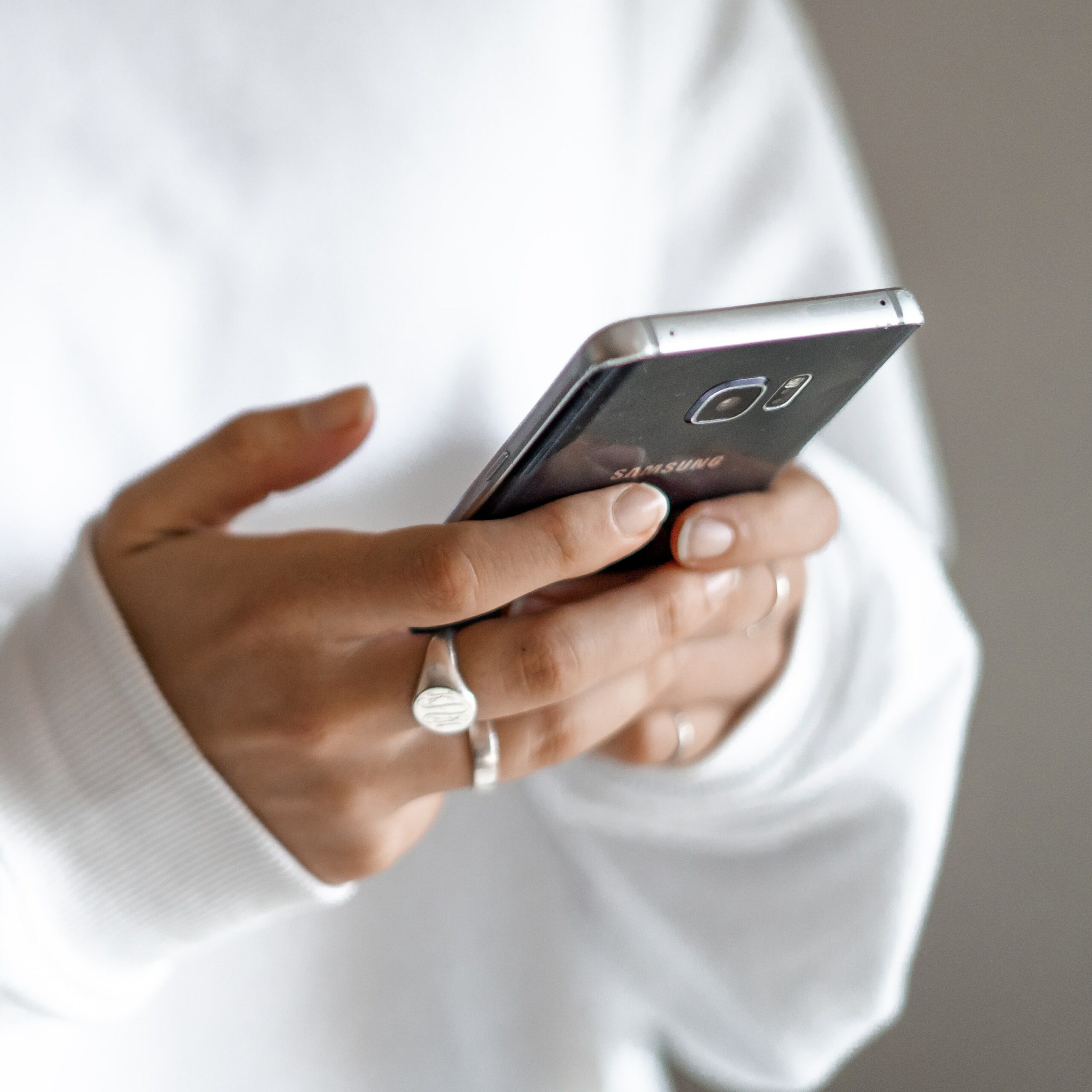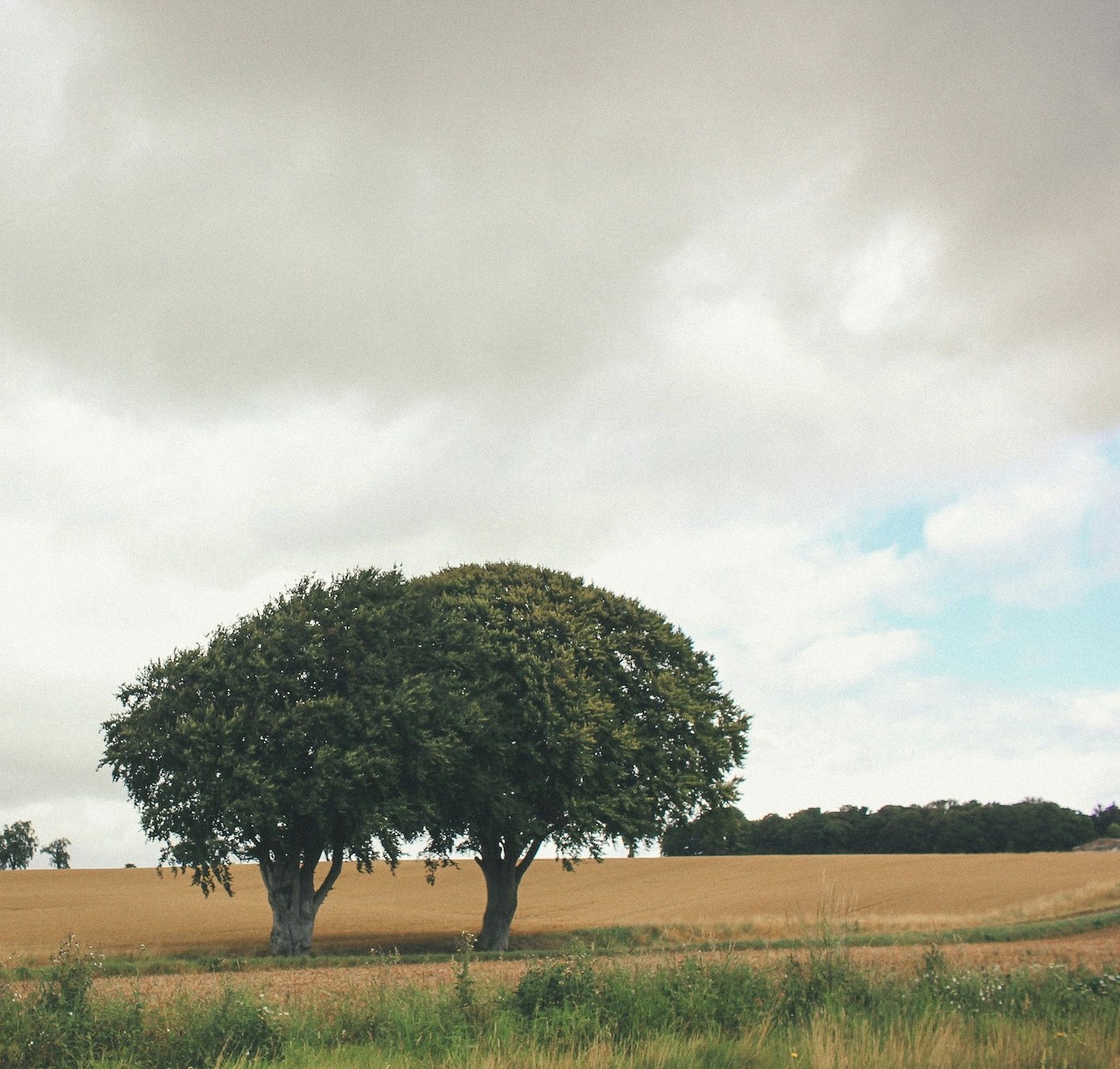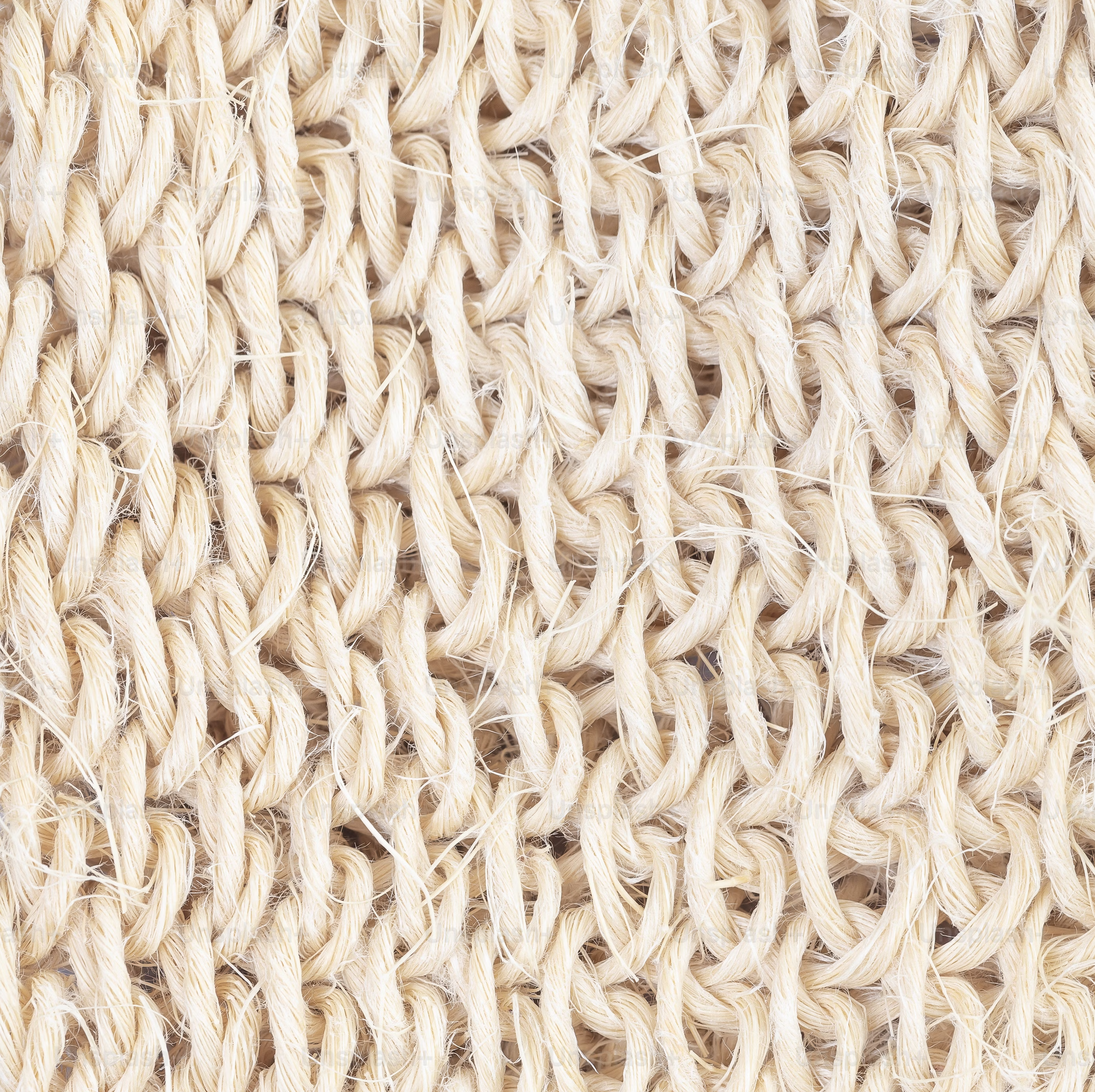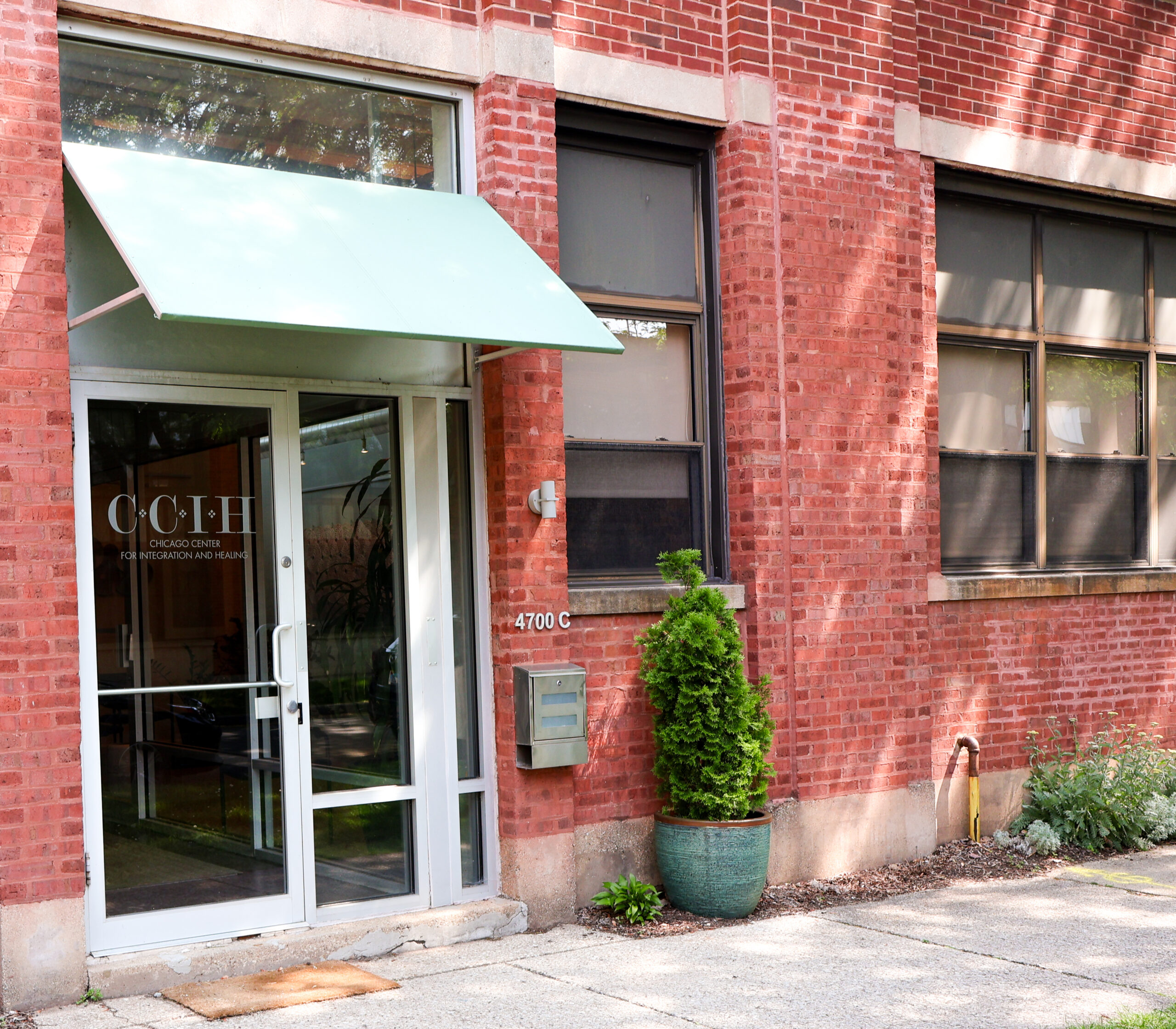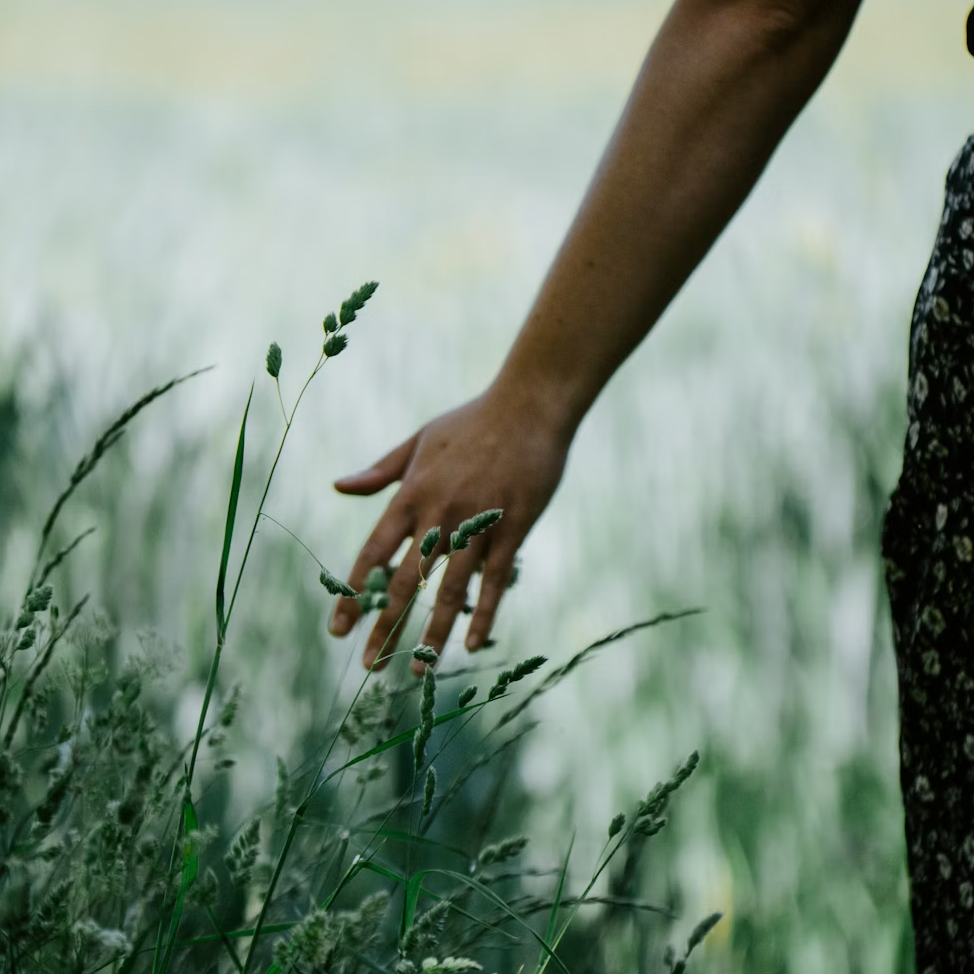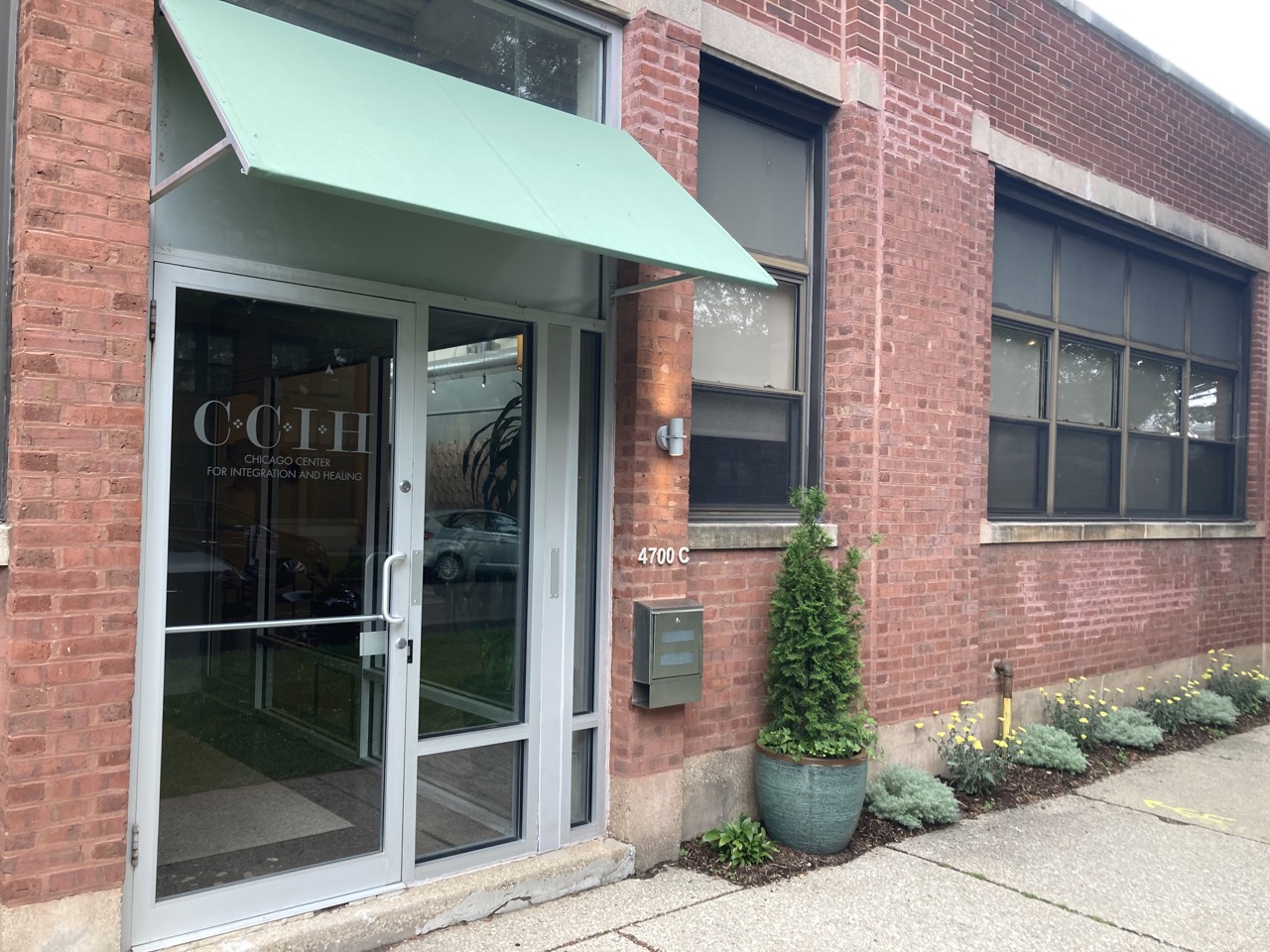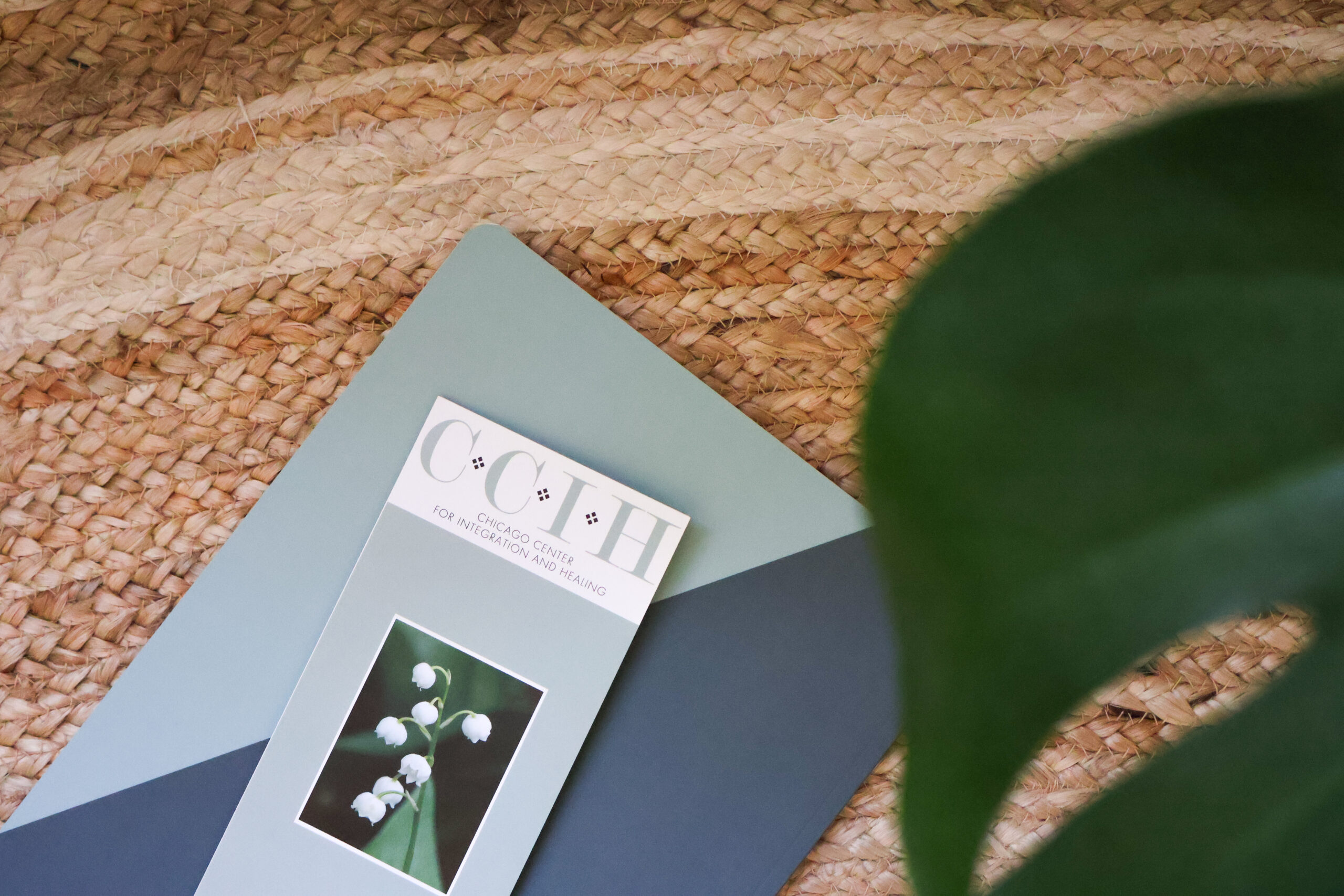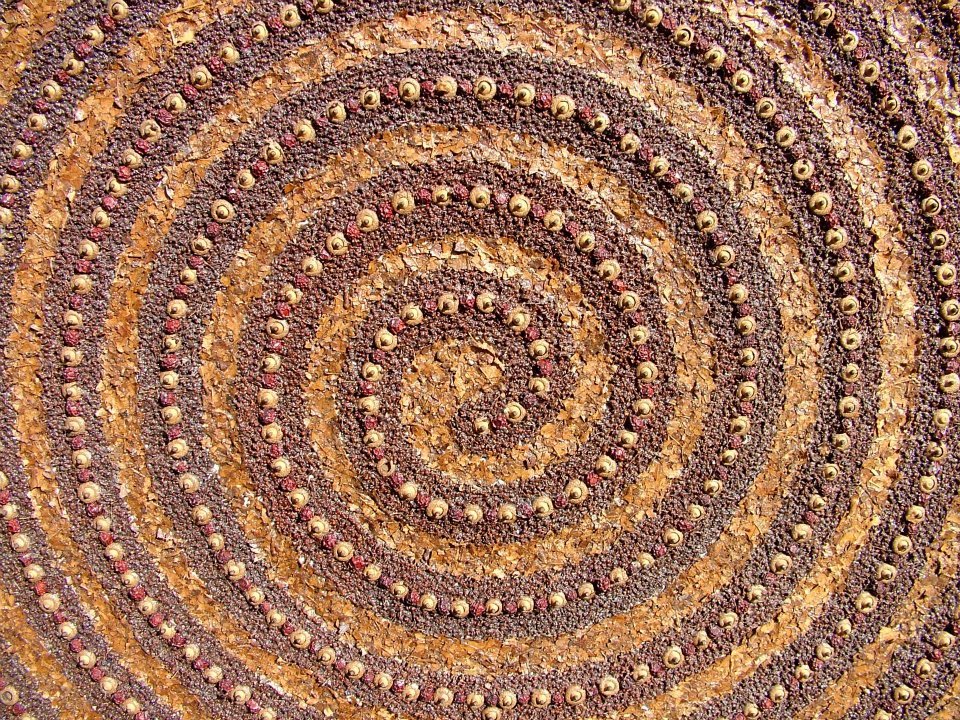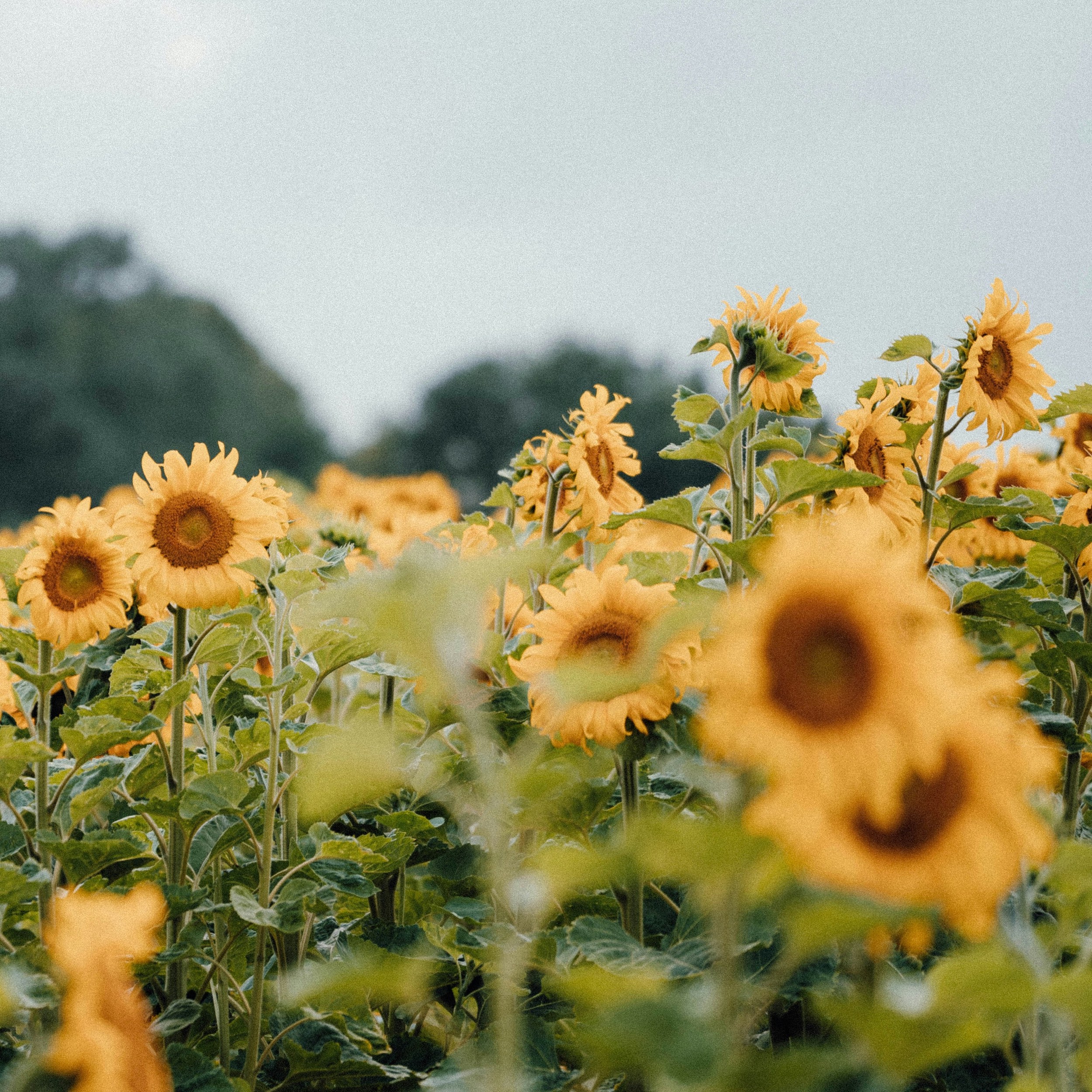A lot of us have thought or even said “social media is a total mind suck,” but can it also be a helpful tool to inspire and heal?
I think it all depends on content.
When we spend time mindlessly scrolling through Instagram (IG), perusing superficial posts and photoshopped images, we often start comparing ourselves to others based on false realities. Sometimes we can shrug this off, but oftentimes it can lead us into self deprecating thoughts. Between the images of unrealistic body ideals and the constant barrage of distressing news, I realized that my IG feed was causing me unnecessary stress…and this is something I am choosing to look at everyday.
As a trauma fellow at CCIH, I have been learning more about how we as human beings are constantly influenced by outside information that our nervous systems interpret as either safe or a threat. Then our nervous system automatically responds accordingly. Often we develop patterns of response that take shape early in life, especially as a result of trauma. The slightest trigger can send our nervous system into overdrive and we find ourselves keyed up and easily overwhelmed, leaving us in a hyper aroused state of anxiety. If this sounds familiar, you might consider following Anna Papaioannou (@annatheanxietycoach), a mental health counselor and somatic practitioner.
She posts a lot of helpful educational tips about the nervous system and encourages folks to study and befriend their own system so that we might have greater agency over our response to stress and improve our ability to self-regulate. Through her posts she often demonstrates how to quell an anxious mind, offering multiple modalities that include movement, breath work, journaling, meditation, grounding exercises, tapping, and rest. She is one of many content creators out there offering free mental health resources that can be both informative and transformative.
Another IG account that I often draw inspiration from is Prentis Hemphill (@prentishemphill), an embodiment practitioner and writer. Prentis shared a series of posts last fall on embodiment, which discussed how our thoughts, actions, and behaviors, especially those that feel like second nature, actually become habitual as a result of daily practice. If we can identify the ways we are practicing and thereby embodying habits or parts of us that may be preventing us from healing, we can then be aware and notice when they show up. This also means we can practice and embody new ways of being that might better facilitate growth and resilience.
So if we can become more attentive to the messages within our social media we can start to curate an environment that can be less triggering and hopefully more nourishing for our nervous systems.

